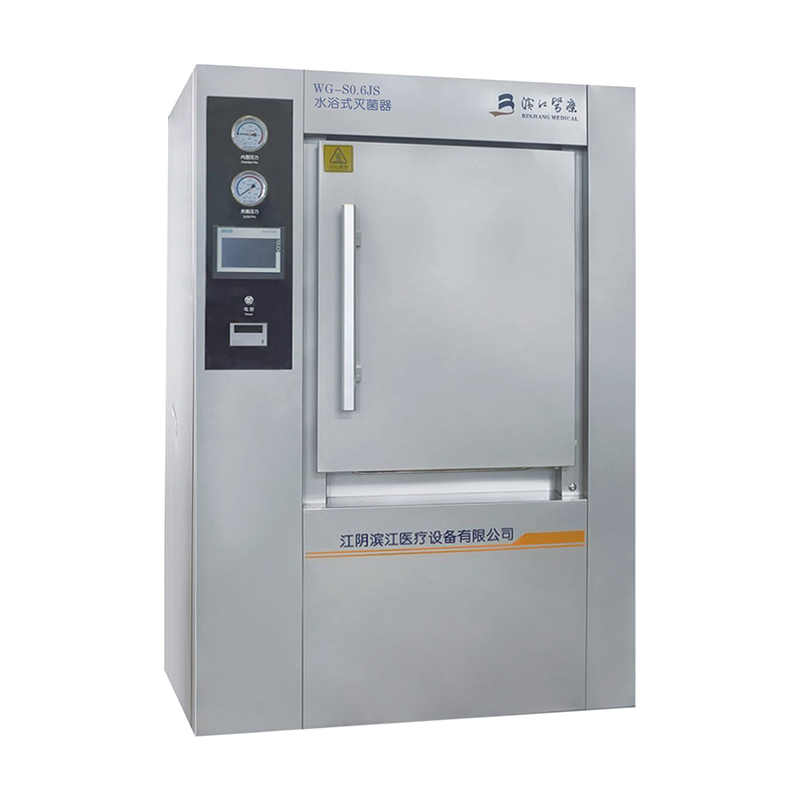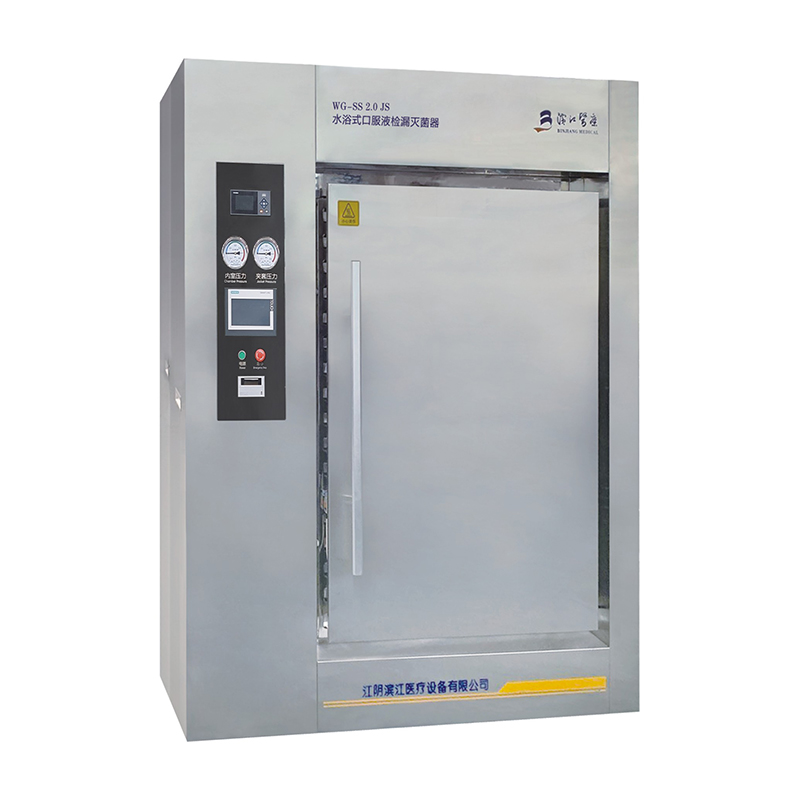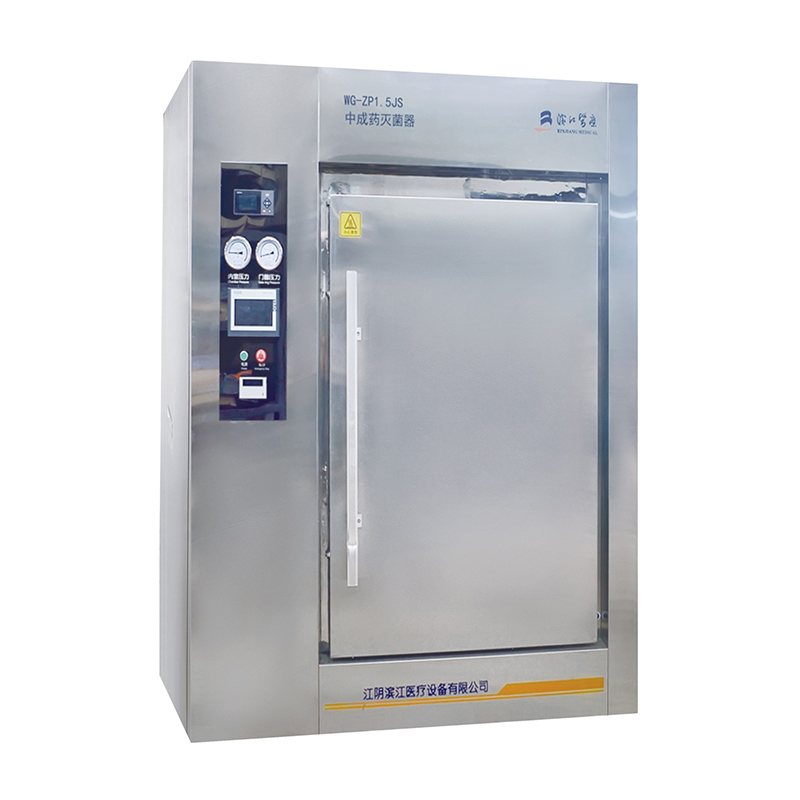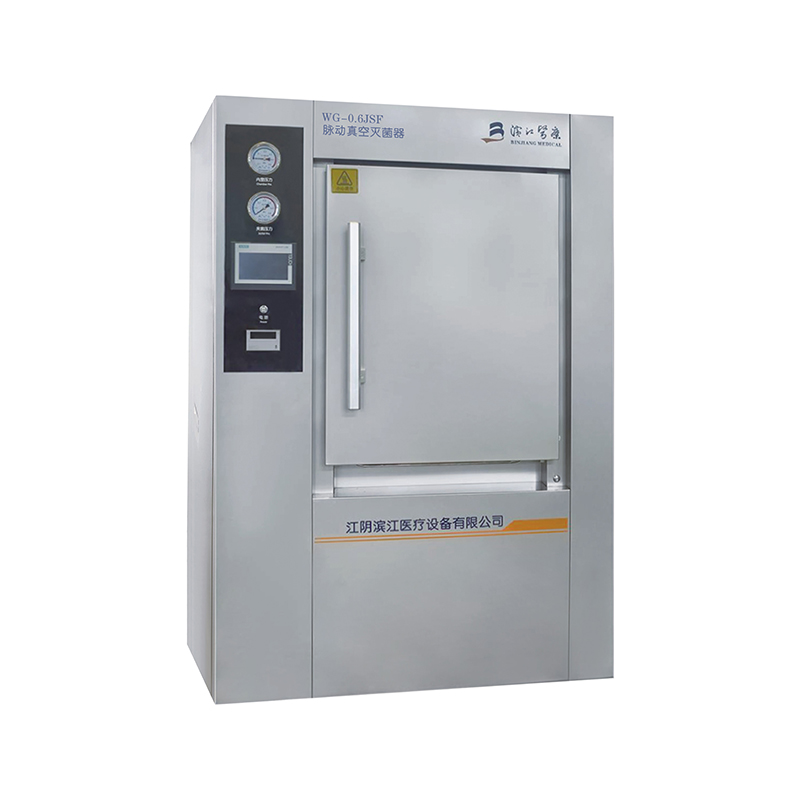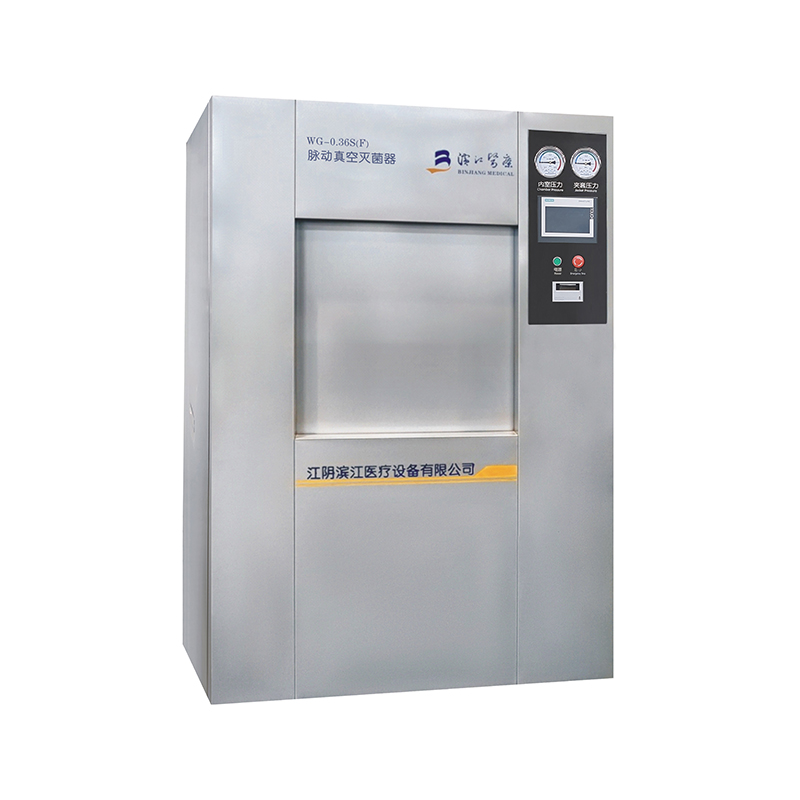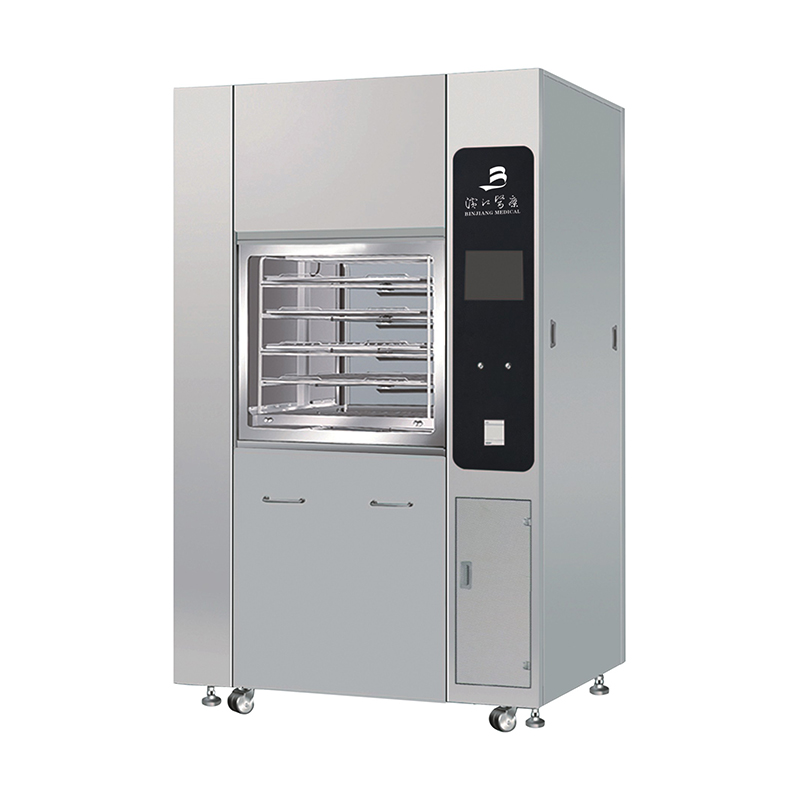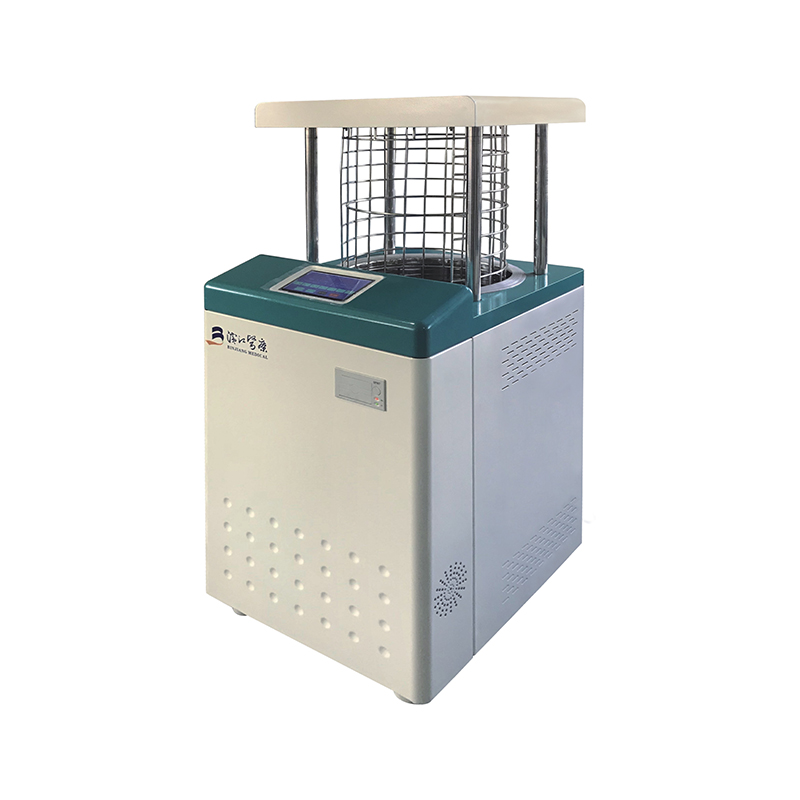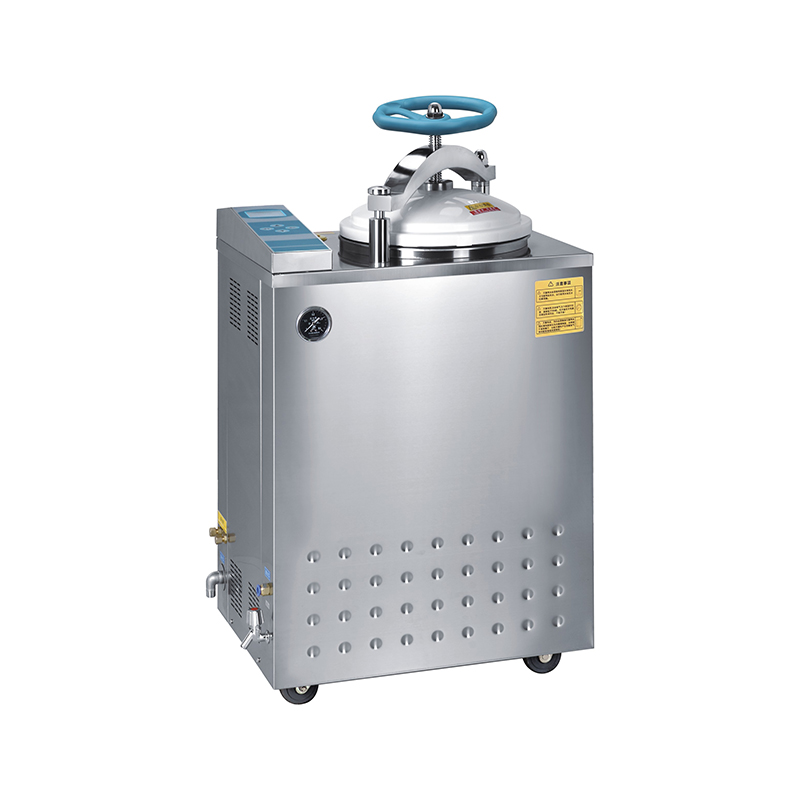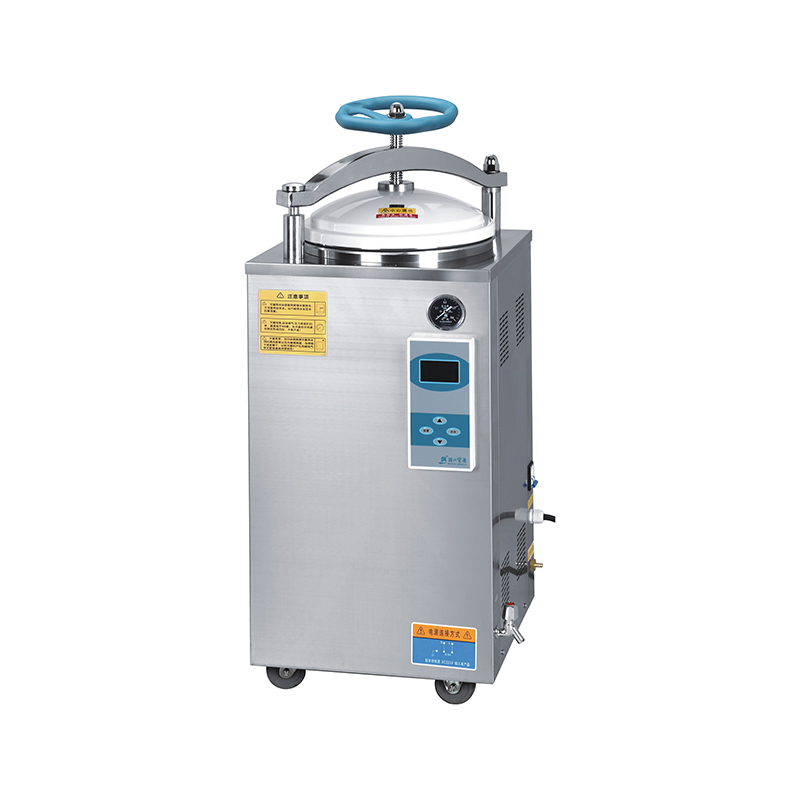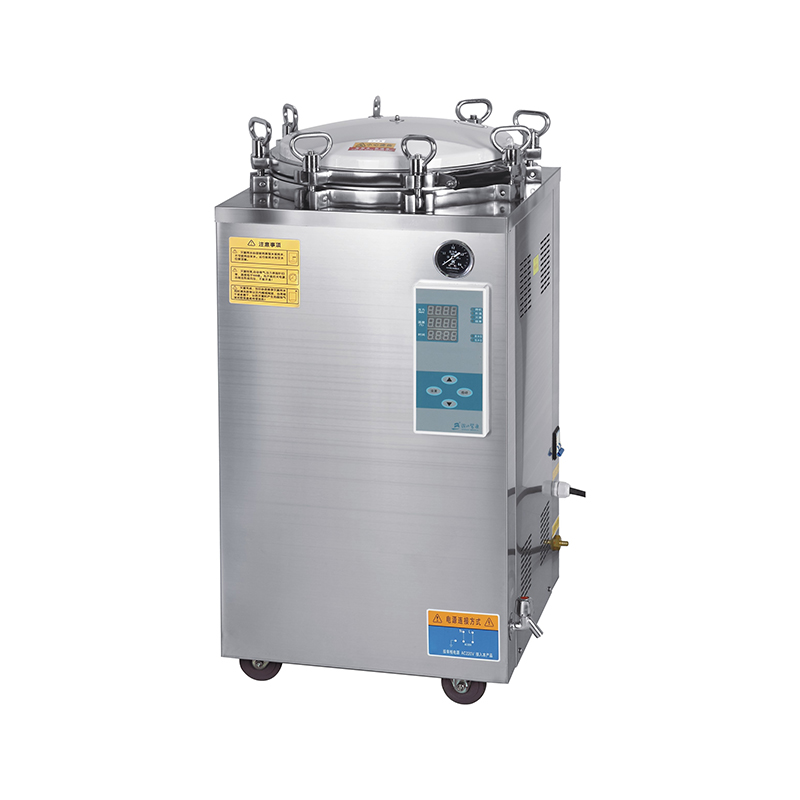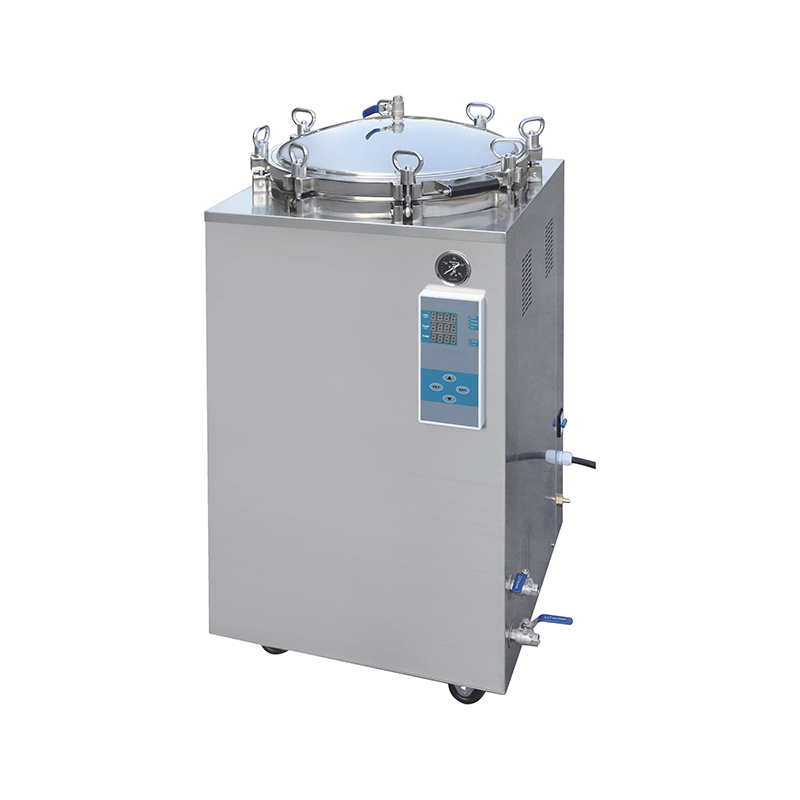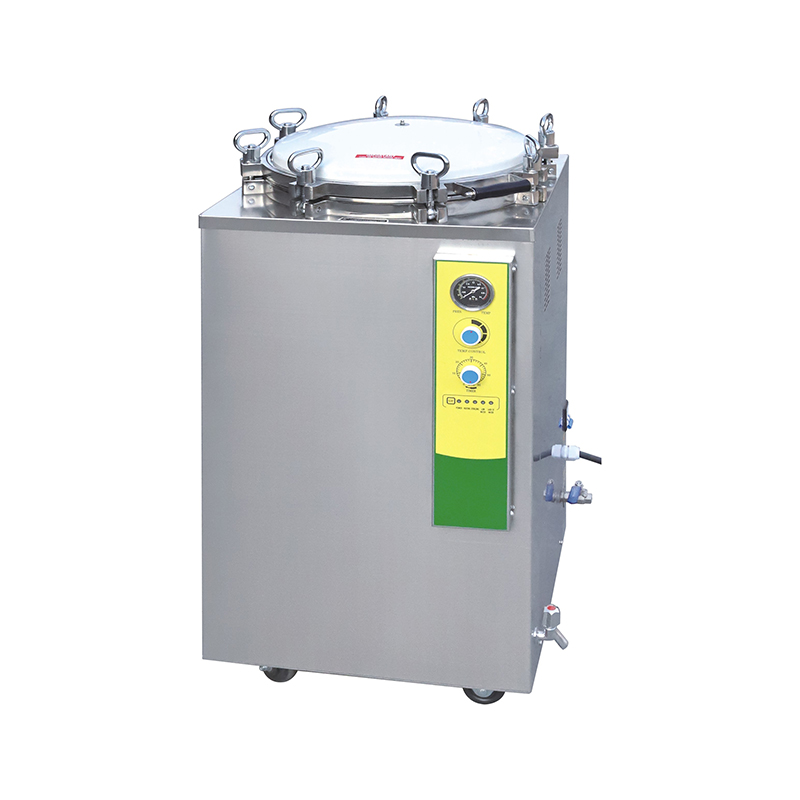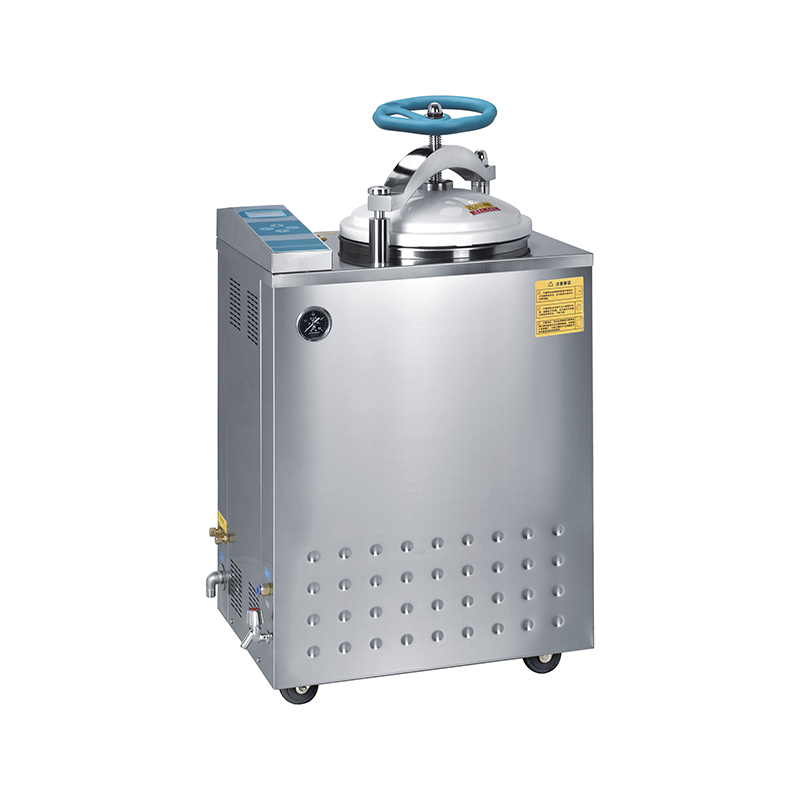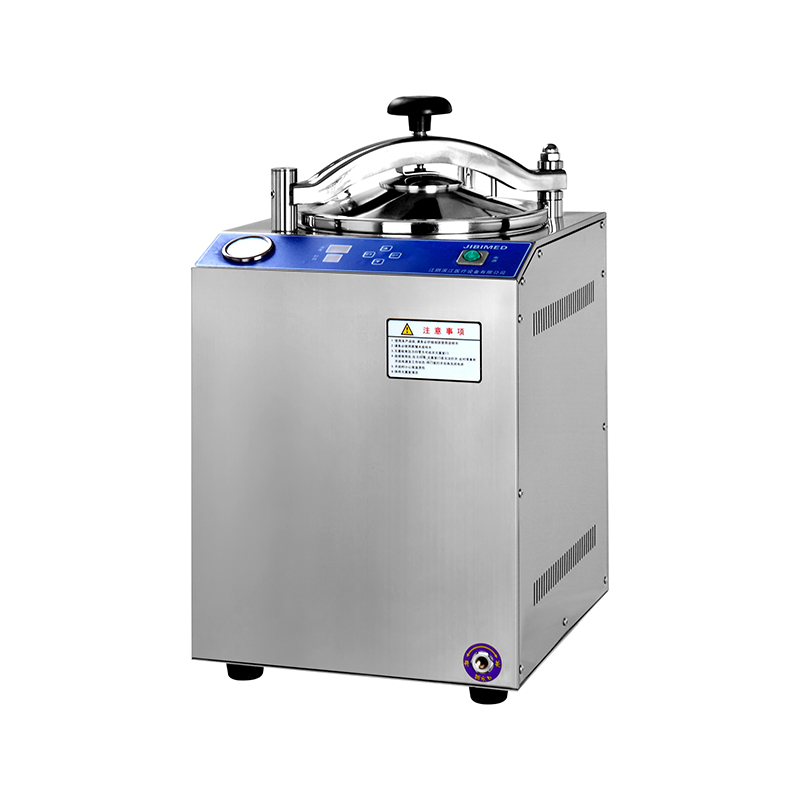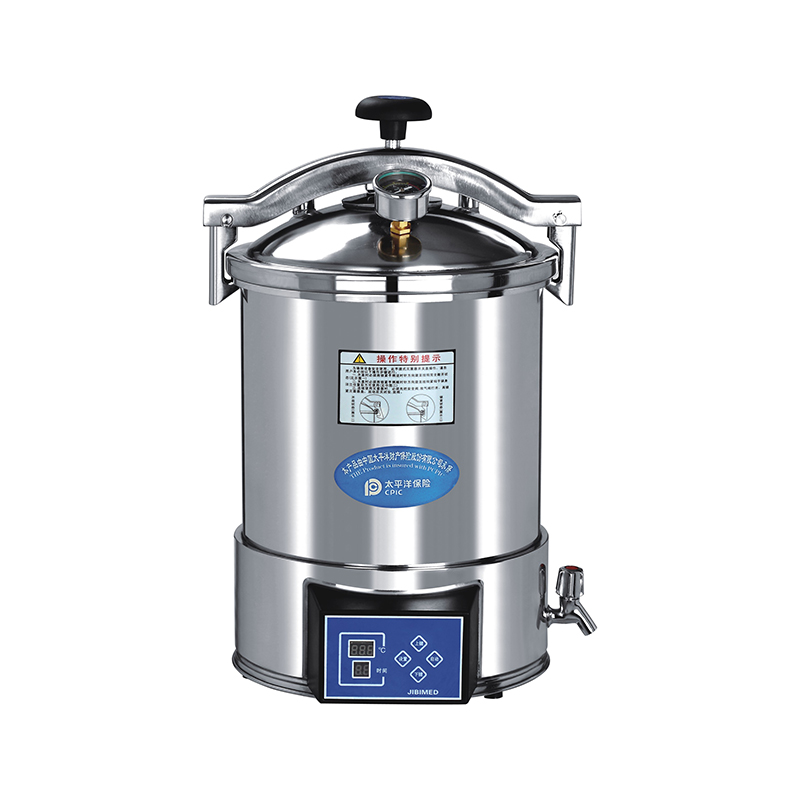Tabletop Autoclave: Purpose and Importance in Sterilization
Posted by Admin | 07 Aug
Tabletop autoclaves are compact, laboratory-scale sterilization devices designed to eliminate microorganisms, including bacteria, viruses, fungi, and spores, from various instruments, equipment, and materials. Commonly used in fields like healthcare, research, and manufacturing, these devices provide a reliable and efficient means of achieving sterilization using high-pressure steam. Their purpose is critical in ensuring that items used in sterile environments remain free from contamination and are safe for use in medical procedures, laboratory experiments, and more.
What is an Autoclave?
An autoclave is a pressurized vessel that uses steam at high temperatures (typically around 121°C to 134°C) to sterilize equipment and materials. The process typically involves exposing the items to steam under pressure for a set period of time, ensuring that all microorganisms present on the surfaces of the materials are killed. This method is a proven and effective means of sterilization, particularly in medical and scientific settings.
While larger autoclaves are used in industrial or hospital settings, tabletop autoclaves are smaller, more portable versions designed for use in labs, dental offices, veterinary clinics, tattoo parlors, and other settings where space and budget constraints may be a consideration. Despite their smaller size, tabletop autoclaves offer the same level of reliability and performance as larger autoclaves.
Why Are Tabletop Autoclaves Necessary?
Tabletop autoclaves serve a vital purpose in multiple industries, including healthcare, dentistry, and research, by preventing cross-contamination and infection transmission. Here’s a deeper look at their necessity:
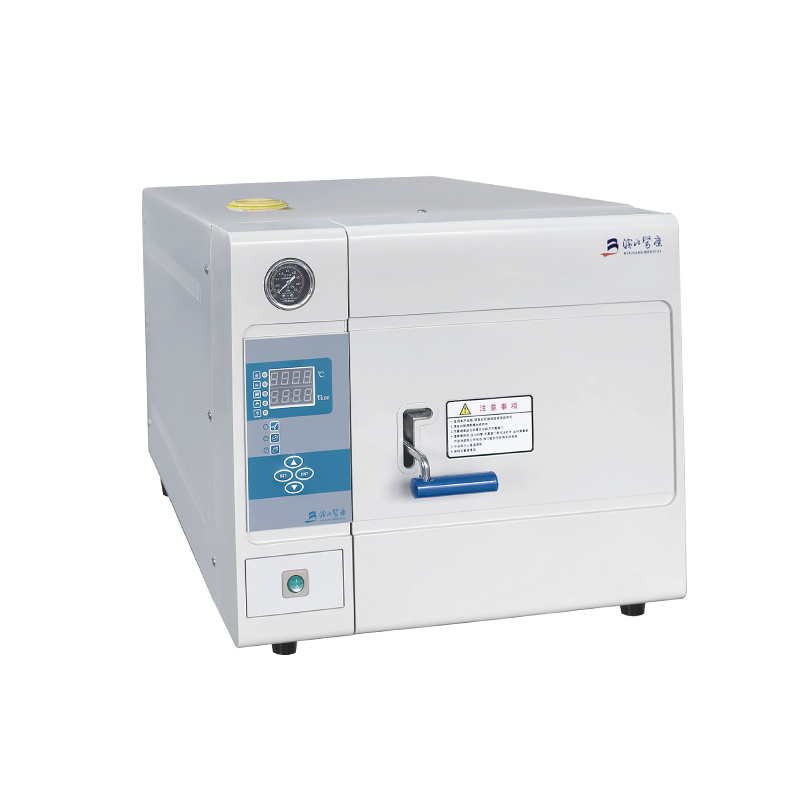
Sterilization in Medical and Healthcare Environments:
The primary function of an autoclave in a medical setting is to sterilize instruments used in surgeries, dental procedures, and other medical interventions. By killing harmful pathogens, an autoclave ensures that instruments remain safe for repeated use. Without this sterilization, there is a significant risk of cross-contamination, which can lead to infections and other complications for patients.
Preventing Infection in Dentistry and Veterinary Medicine:
In dental clinics and veterinary offices, tools such as forceps, scalers, and surgical instruments need to be sterilized to prevent the spread of diseases. Whether it's a dental cleaning or a surgical procedure, tabletop autoclaves provide an efficient way to ensure that instruments are free from harmful microorganisms that could infect patients.
Safe Laboratory Practices:
Laboratories, especially in microbiology, require stringent control over contamination to ensure the integrity of experiments. Petri dishes, pipettes, glassware, and other lab tools need to be sterilized before and after use to maintain sterile conditions. Tabletop autoclaves offer an accessible solution for sterilizing these tools quickly and effectively, preventing experimental interference or compromised results.
Supporting Clinical and Research Applications:
Clinical laboratories and research facilities that deal with infectious diseases or high-risk pathogens rely heavily on sterilization equipment. Autoclaves ensure that cultures and samples are handled without introducing new contaminants, helping researchers maintain accurate results and preventing the spread of harmful organisms.
How Do Tabletop Autoclaves Work?
The operation of a tabletop autoclave is centered around the application of steam under pressure. The process generally involves the following steps:
Loading the Autoclave:
Items to be sterilized are placed inside the autoclave chamber. Proper loading is important to ensure that steam can circulate around all surfaces of the items. In most cases, items must be placed in a way that allows air to escape the chamber and allows the steam to reach all surfaces.
Sealing the Chamber:
Once the items are loaded, the autoclave chamber is sealed tightly. The seal ensures that pressure can build up within the chamber without leaks.
Heating and Pressurizing the Steam:
The autoclave uses electric heating elements to generate steam from water inside the chamber. As the steam increases in temperature, pressure is applied to keep the steam from turning into gas. The temperature and pressure are controlled to ensure optimal conditions for sterilization. The typical settings for a tabletop autoclave are 121°C (250°F) at 15 psi, although the time and temperature can be adjusted depending on the material being sterilized.
Sterilization Phase:
At the desired temperature and pressure, the items are exposed to steam for a specific period of time. This step ensures the complete eradication of microorganisms. The duration of this process can vary based on the contents, but it generally lasts between 15 and 30 minutes.
Cooling and Drying:
After sterilization, the autoclave is depressurized, allowing the steam to escape. Once the pressure has returned to normal, the chamber cools down. Some tabletop autoclaves have a drying cycle that helps remove any excess moisture from the sterilized items to prevent bacterial growth from residual water.
Key Benefits of Tabletop Autoclaves
Compact Size and Portability:
Unlike large industrial autoclaves, tabletop autoclaves are small, self-contained units that can fit on countertops or workbenches. Their portability makes them ideal for smaller clinics, dental offices, and labs with limited space.
Ease of Use:
Most tabletop autoclaves are designed for ease of use with simple controls and automated settings. Users can select sterilization cycles with minimal effort, making them ideal for environments where staff may not have specialized training in complex sterilization procedures.
Cost-Effectiveness:
Smaller and more affordable than their industrial counterparts, tabletop autoclaves offer a more budget-friendly option for small-scale sterilization needs without sacrificing quality and reliability.
Efficient and Fast Sterilization:
The steam sterilization process used by autoclaves is one of the most efficient and quickest methods available for eliminating pathogens. This allows clinics and laboratories to turn over equipment rapidly, maintaining workflow efficiency.
Safety Standards Compliance:
Autoclaves help institutions comply with strict sterilization protocols required by regulatory bodies such as the CDC, FDA, and WHO. Maintaining sterile instruments is essential to meet legal and health standards, and a tabletop autoclave ensures compliance with those guidelines.
Applications Beyond Healthcare
While healthcare is the most obvious field for tabletop autoclaves, their uses extend beyond this area. Some of the other notable applications include:
Tattoo Studios: Tattoo artists require sterilization of needles, grips, and other equipment to ensure the safety and health of their clients. A tabletop autoclave offers a compact, reliable sterilization solution.
Catering and Food Preparation: In some instances, tabletop autoclaves are used in food production or laboratory settings to sterilize tools, utensils, and equipment involved in food preparation, ensuring cleanliness and hygiene.
Pharmaceutical Research: Pharmaceutical researchers often use tabletop autoclaves to sterilize items and containers in drug production, as contamination can compromise the efficacy and safety of medications.
Conclusion
In conclusion, the tabletop autoclave plays a pivotal role in sterilization across numerous industries, ensuring that instruments, equipment, and materials are safe for use in sterile environments. By using high-pressure steam to eliminate harmful microorganisms, these devices protect both the health of individuals and the integrity of scientific and medical practices. Whether in a dentist’s office, a clinical laboratory, or a tattoo studio, tabletop autoclaves offer an efficient, cost-effective solution for maintaining safety standards and preventing contamination


 English
English русский
русский Français
Français Español
Español bahasa Indonesia
bahasa Indonesia Deutsch
Deutsch عربى
عربى 中文简体
中文简体


